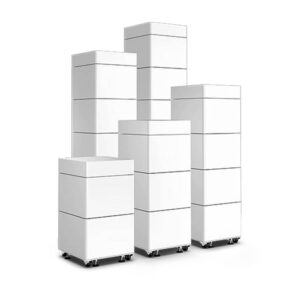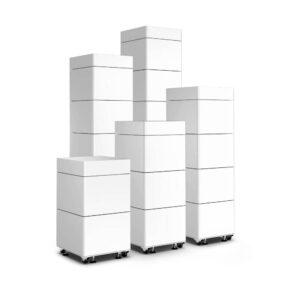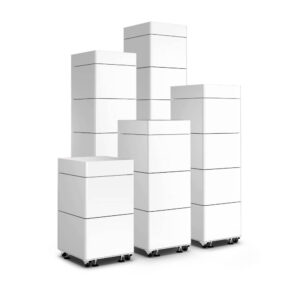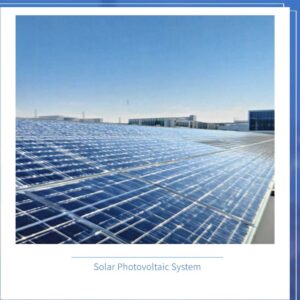When you walk into a modern factory, you see machines working together to make a lithium ion battery. Automation manages each step very carefully. You see robots mix materials for electrodes. Robots also put cells together. Robots test finished batteries. Quality control checks every part. Advanced technology makes sure each battery is safe and works well.
الوجبات الرئيسية
- Automation is very important in making lithium ion batteries. It helps keep the process the same and makes sure the batteries are good.
- Mixing the slurry the right way is needed for batteries to work well. You must watch how thick it is and make sure it is even.
- Checking quality during coating and drying finds problems early. This saves materials and helps the battery work well.
- The formation and aging steps make the battery’s solid-electrolyte-interphase layer stronger. This helps the battery last longer and be safer.
- Picking the best distributor for selling batteries helps deliver them safely and quickly. It also makes sure users get what they need.
Lithium Ion Battery Electrode Manufacturing
Factories make electrodes using many careful steps. Machines do each step to keep things fast and the same. Automation helps make sure the quality stays high every time. Let’s look at each part of the process.
Slurry Mixing
First, you make a slurry. This is a thick liquid with important materials for the electrode. You mix active materials, conductive additives, binders, and solvents. The table below shows what goes into the slurry:
| Component | الوصف |
|---|---|
| Active Materials | Store and release energy, such as lithium cobalt oxide or graphite. |
| Conductive Additives | Help electricity flow, like carbon black or graphite. |
| Binders | Hold everything together, such as PVDF. |
| Solvents | Make the mixture fluid, like NMP. |
Special mixers blend these materials together. The mixer you use depends on how thick the slurry is. The order you add materials matters a lot. Inline monitoring systems check the mixture as you make it. These systems help you change things if needed, so the slurry stays the same. Uniform slurry helps the battery work well.
Tip: The thickness of the slurry changes with different ingredients. You need to control this for the best results.
Coating
After mixing, you put the slurry on thin metal foils. Aluminum foil is for the positive electrode. Copper foil is for the negative electrode. Factories use different ways to spread the slurry evenly. Here is a table that compares the most common methods:
| Coating Technique | الوصف | Advantages | Challenges |
|---|---|---|---|
| Doctor Blade Coating | Uses a metal blade to spread slurry. | Simple, low cost, good adhesion. | Needs careful control, can cause defects. |
| Slot Die Coating | Uses a precision head to apply slurry. | Very uniform, low waste, can do multiple layers. | Expensive, can clog. |
| Gravure Coating | Uses engraved rollers to transfer slurry. | High precision, smooth finish, fast. | Needs high-quality rollers, can cause artifacts. |
You want the coating to be smooth and even. Robots and machines help make this happen. Quality control checks for problems like holes or rough edges. X-ray and sensors watch the coating thickness and surface density.
- You find problems early to save materials.
- You check thickness so every battery works the same.
- You use technology to keep quality high.
Drying
After coating, you need to dry the foil. Drying takes out the solvent and leaves a solid layer. Big ovens or dryers do this job. The drying time and temperature are very important. For example:
- 60 seconds at 353.15 K
- 50 seconds at 363.15 K (best balance)
- 45 seconds at 373.15 K
You want to dry the electrode just right. If you dry too fast or too slow, it may not work well. Good drying makes strong electrodes with even binder spread. This helps the battery last longer and store more energy.
Note: Even drying makes the battery stronger and safer.
Calendering
After drying, you do calendering. This step presses and smooths the electrode sheet with rollers. You want the right thickness and density. Calendering machines press the sheet hard to make it flat.
- Calendering helps the battery store more energy.
- It helps the battery charge and discharge evenly.
- It cuts waste by making every sheet the same.
You use calendering machines after coating and drying. These machines help control how many tiny holes are in the electrode. Good calendering means better batteries that last longer.
Robots and automation keep things running all the time. You get the same results with less mistakes.
Automation in Electrode Manufacturing
Factories use lots of automation to make electrodes for lithium ion batteries. Here is a table showing some top companies and their technologies:
| Company | Automation Technology | Application |
|---|---|---|
| Festo | High-precision automation components | Electrode coating, cell assembly, battery pack production |
| GROB-WERKE GmbH & Co. KG | Precision robotics and modular production lines | Assembling battery modules and packs |
| Körber AG | High-speed, fully automated cell production | Material handling and laser welding |
| Eirich Machines Inc. | MixSolver technology | Electrode slurry production with reduced energy consumption |
| Jagenberg Converting Solutions GmbH | High-precision slot die design | Efficiency and quality improvement in electrode production |
| PEC | Precision dosing systems and controlled environmental chambers | Cell activation processes of electrolyte filling, formation, and aging |
Robots do almost every step. Factories can work all day and night with little help from people. AI and machine learning help make better materials and guess how batteries will work.
Making batteries safe and reliable needs uniformity and automation.
Cell Assembly
When you build a lithium ion battery cell, you put together the electrodes, separator, and electrolyte. You must be very careful and keep everything clean. This stops dirt from getting in. Here are the main steps.
Stacking or Winding
You can stack or wind the electrodes and separator. Stacking means you cut sheets for the anode, cathode, and separator. You then place them on top of each other. Winding means you roll the sheets around a center piece. Some factories use Z-folding. This keeps the separator in one long piece between layers.
| أسبكت | Stacking Method | Winding Method |
|---|---|---|
| Process Principles | Sheets stacked in parallel | Sheets wound around a mandrel |
| Energy Density | أعلى | أقل |
| Cycle Life | Longer | Shorter |
| Productivity | أقل | أعلى |
Stacking gives more energy and lasts longer. Winding is faster and good for making lots of batteries. You pick the way that fits your battery and factory best.
Tip: Stacking helps control heat. Winding is easier for robots.
Electrolyte Filling
After stacking or winding, you add the electrolyte. Most batteries use liquid electrolytes with lithium salts. Some new batteries use gel or solid electrolytes for safety.
You fill the cell slowly and carefully. Factories use vacuum or pressure to spread the electrolyte everywhere. They fill in steps to stop air bubbles and make sure it is even.
- Vacuum filling takes out air and lets liquid in quickly.
- Pressure filling pushes the liquid into all spaces.
- You check the weight to make sure each cell has enough.
Sealing
You seal the cell to keep the electrolyte inside. Cylindrical cells get welded shut. Pouch cells get sealed with heat on the edges. You check the seal by looking, testing for leaks, and weighing the cell.
| Method | الوصف |
|---|---|
| Visual Inspection | Look for cracks or gaps after sealing |
| Helium Leak Testing | Test for leaks smaller than 5×10⁻⁶ mbar.l/s |
| Weight Verification | Confirm no missing parts by checking cell weight |
You work in clean rooms with filtered air and high pressure. You wear special clothes and follow cleaning rules. These steps keep dust and water out. This makes your lithium ion battery safe and strong.
Cell Finishing
After you put the cell together, you finish it. This step gets your lithium ion battery ready to use. It helps the battery last a long time. You do three main things: formation, aging, and testing.
Formation
First, you do formation. This step makes the solid-electrolyte-interphase (SEI) layer. The SEI layer forms on the electrode when you charge it for the first time. This layer helps your battery charge and hold energy. It also lets the battery discharge safely. If you skip formation or do it wrong, the battery will not work well.
The SEI layer is like a shield. It keeps the inside of your battery safe. It helps your battery last longer.
Aging
Next, you let the battery age. Aging makes the SEI layer strong and stable. Sensors watch the battery’s voltage, temperature, and air pressure. You control the temperature in steps. This helps the SEI film get better. It also helps the battery work well.
- You release stress inside the battery to stop cracks.
- You let gas out so the battery does not bulge.
- You check for bad cells and take them out.
- You make sure the electrolyte spreads evenly for good ion flow.
Aging helps you find problems early. You can change the process or materials. This makes aging faster and safer.
Testing and Quality Control
Last, you test and check the battery. You want every lithium ion battery to be safe and work well. You check for:
- Even electrode coating
- Dryness of all parts
- Correct electrode alignment
- Right amount of electrolyte
- Good pressure inside and outside the cell
You run many tests, like:
- Charge and discharge cycles
- Internal resistance check
- Capacity test
- Overcharge and over-release tests
- Short-circuit and overcurrent tests
- Special tests like high/low temperature, drop, and salt spray
You use tools like Raman spectroscopy to find coating problems. If you find a problem, you remove the bad cell. Coating problems cause most waste in battery factories. You must check carefully. This keeps costs low and batteries strong.
Packaging and Shipping
Final Assembly
You need to make sure every battery is safe before shipping. First, check each battery for any damage. Look for cracks or leaks. Do not use batteries that are broken. Put electrical tape on the battery terminals. This stops short circuits from happening. Wrap each battery in foam or bubble wrap. This protects the battery from bumps.
Always pick strong packaging materials. This keeps batteries safe while traveling.
Next, put a label on each package. Write the battery type, voltage, and capacity. Add safety sheets and instructions. These papers tell people how to handle the batteries. Put the batteries in tough containers. Seal the containers tightly so nothing leaks. Keep batteries standing up and away from heat.
Here is a simple checklist for packaging:
- Check batteries for damage.
- Put tape on terminals.
- Wrap batteries with protective material.
- Label packages with battery details.
- Add safety papers.
- Use strong, sealed containers.
- Keep batteries upright and cool.
You also need to follow strict shipping rules. The rules change if you use a truck, train, ship, or plane. For air shipping, follow IATA and ICAO rules. For road shipping, follow ADR standards. If you break these rules, you can get big fines.
| Mode of Transportation | Safety Standards and Regulations |
|---|---|
| Road | ADR 2017 manual for dangerous goods |
| Rail | RID guidelines for dangerous goods |
| Sea | IMDG Code, 2016 Edition Amendment 38-16 |
| Air | IATA and ICAO Dangerous Goods Regulations |
Distribution
After packaging, send the batteries to users. There are different kinds of distributors. Wholesale distributors buy lots of batteries and sell to stores or big companies. Retail distributors sell to people in stores or online. Specialty distributors help special markets and give expert advice. OEM distributors work with companies that need custom batteries.
| Type of Distributor | الوصف |
|---|---|
| Wholesale | Sells large amounts to stores or big users |
| Retail | Sells to people in stores or online |
| Specialty | Focuses on special markets and gives expert advice |
| OEM | Works with makers who need custom batteries |
Tip: Pick the right distributor for your needs. This helps your batteries get to users safely and fast.
You can see that modern factories use smart machines to make lithium ion batteries safe. Automation helps measure the right amount of each ingredient. It also watches every step in the process. Quality control looks for problems and keeps machines working well. New ideas, like solid-state batteries and silicon anodes, help batteries store more energy and stay safe. Here are some important new things:
| Advancement Type | الوصف |
|---|---|
| Battery Density | Higher density means batteries cost less and hold more energy. |
| Solid-State Batteries | These are safer and charge faster, good for electric cars. |
| Silicon Anode Technologies | These let batteries hold more charge and work better. |
| Advanced Recycling | More batteries can be used again, which helps the planet. |
- Automation lets you control the process very well.
- Safety tools find dangers early.
- Watching the process all the time keeps batteries safe.
الأسئلة الشائعة
How do you keep lithium ion batteries safe during production?
You work in clean rooms. Robots handle the materials. You check for dust and water. You test batteries for leaks. You look for damage. Safety rules help stop accidents.
Tip: Always wear safety gear near battery chemicals.
Why do factories use robots to make batteries?
Robots make batteries faster. Robots make fewer mistakes. You get the same quality each time. Robots keep you safe from chemicals.
What happens if a battery fails a quality test?
You take the battery off the line. You look for problems. You recycle the battery if you can. Only safe batteries go to customers.
Can you recycle lithium ion batteries?
Yes, you can recycle most parts. You separate metals and chemicals. Special machines help reuse materials. Recycling helps the planet.
| Material | Can You Recycle? |
|---|---|
| Lithium | Yes |
| Cobalt | Yes |
| Copper | Yes |
| Plastic | Yes |
How long does it take to make one lithium ion battery?
It takes a few hours to make one battery. Mixing, coating, and drying take the longest. Automation helps make batteries faster.

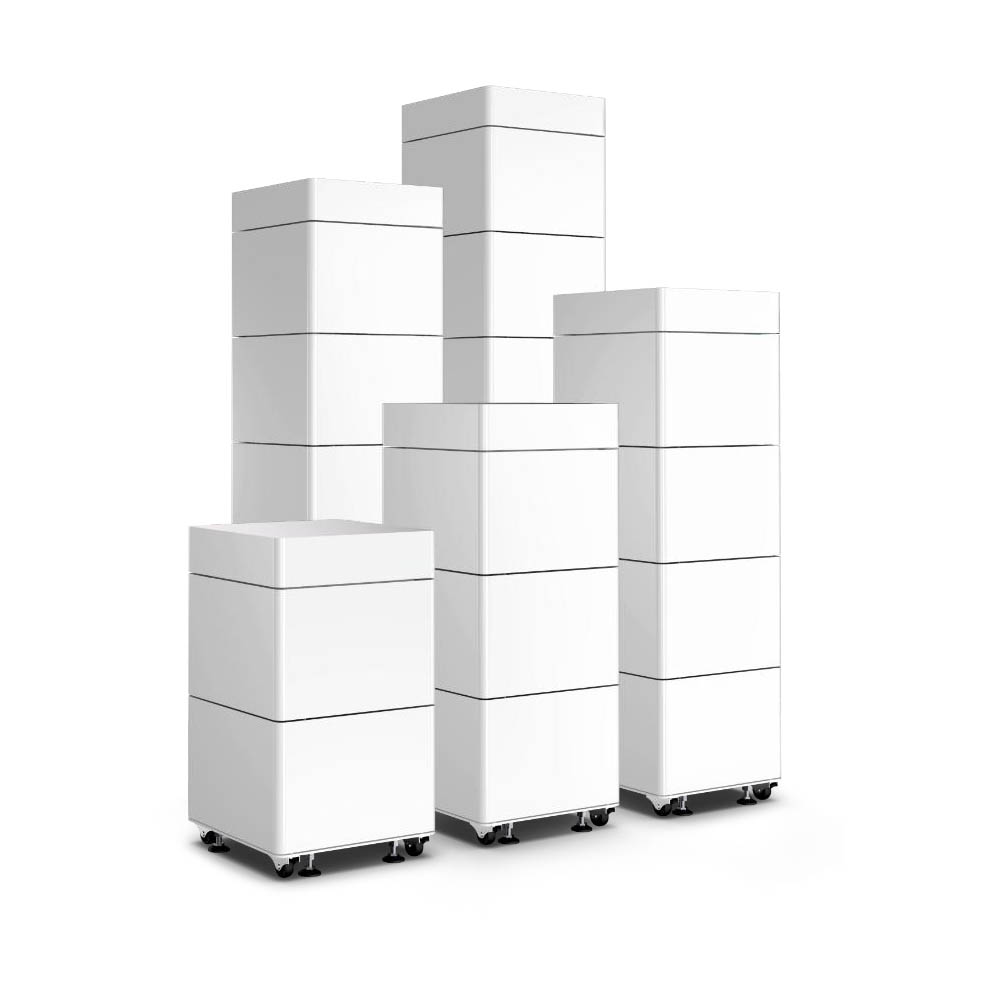
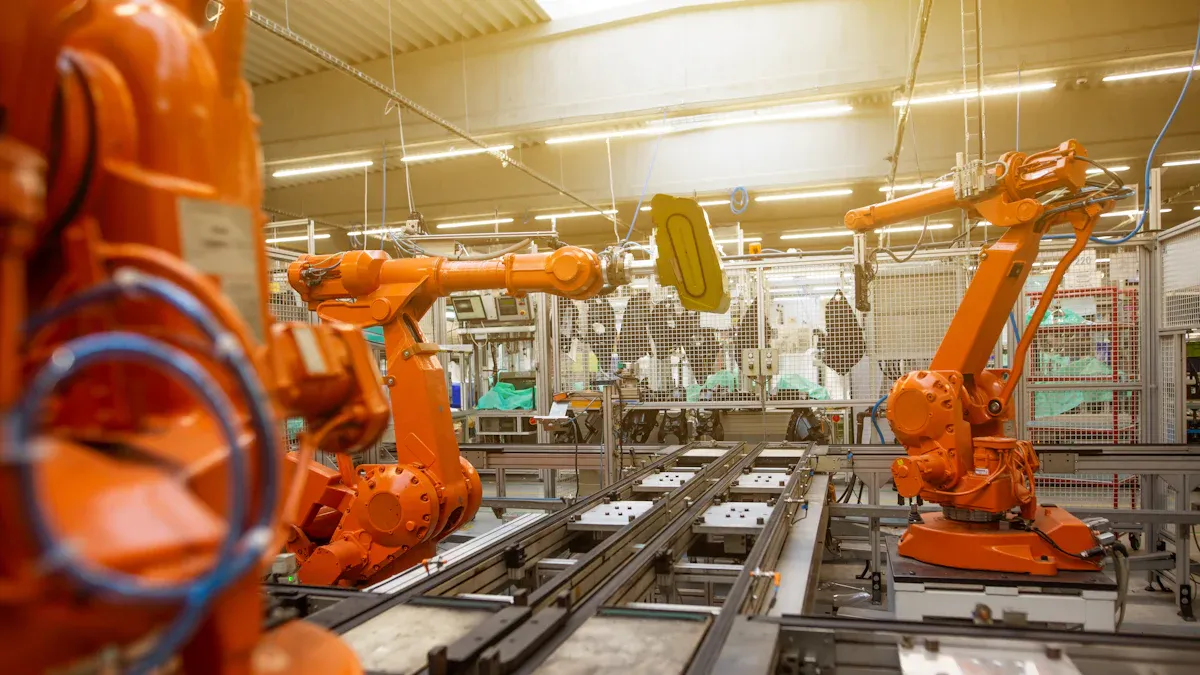
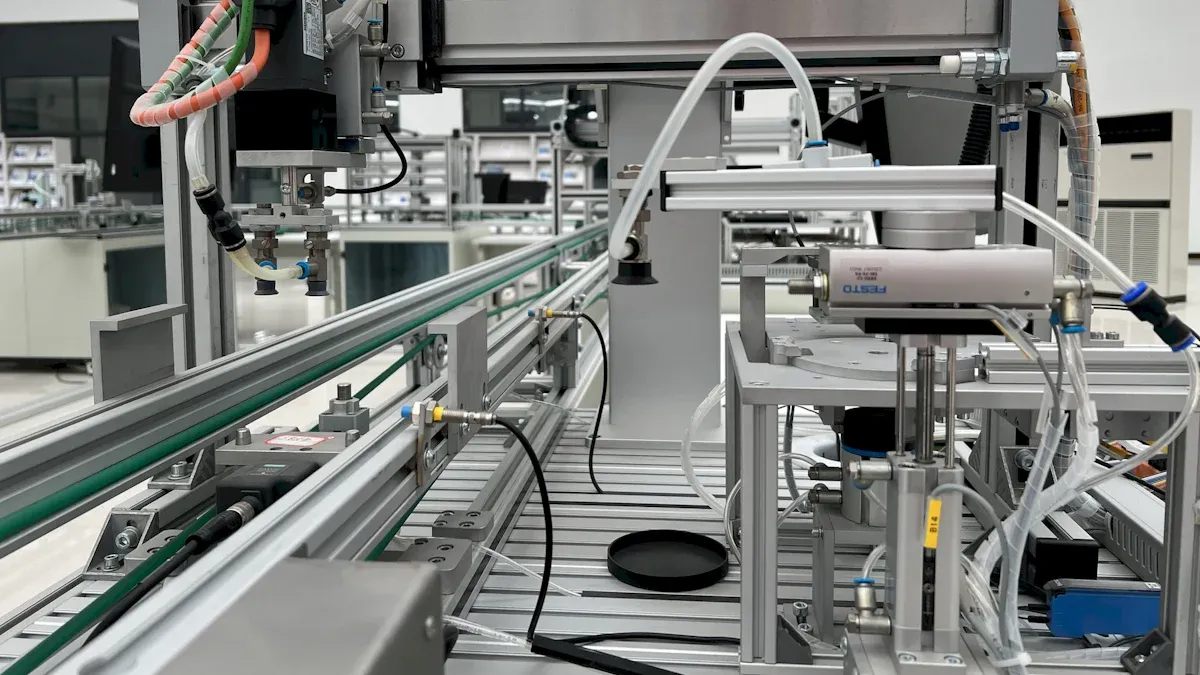



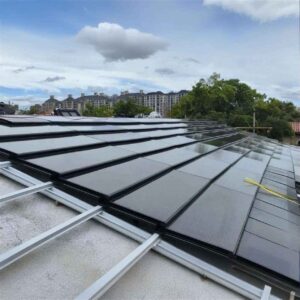
-300x300.jpg)
-300x300.jpg)
